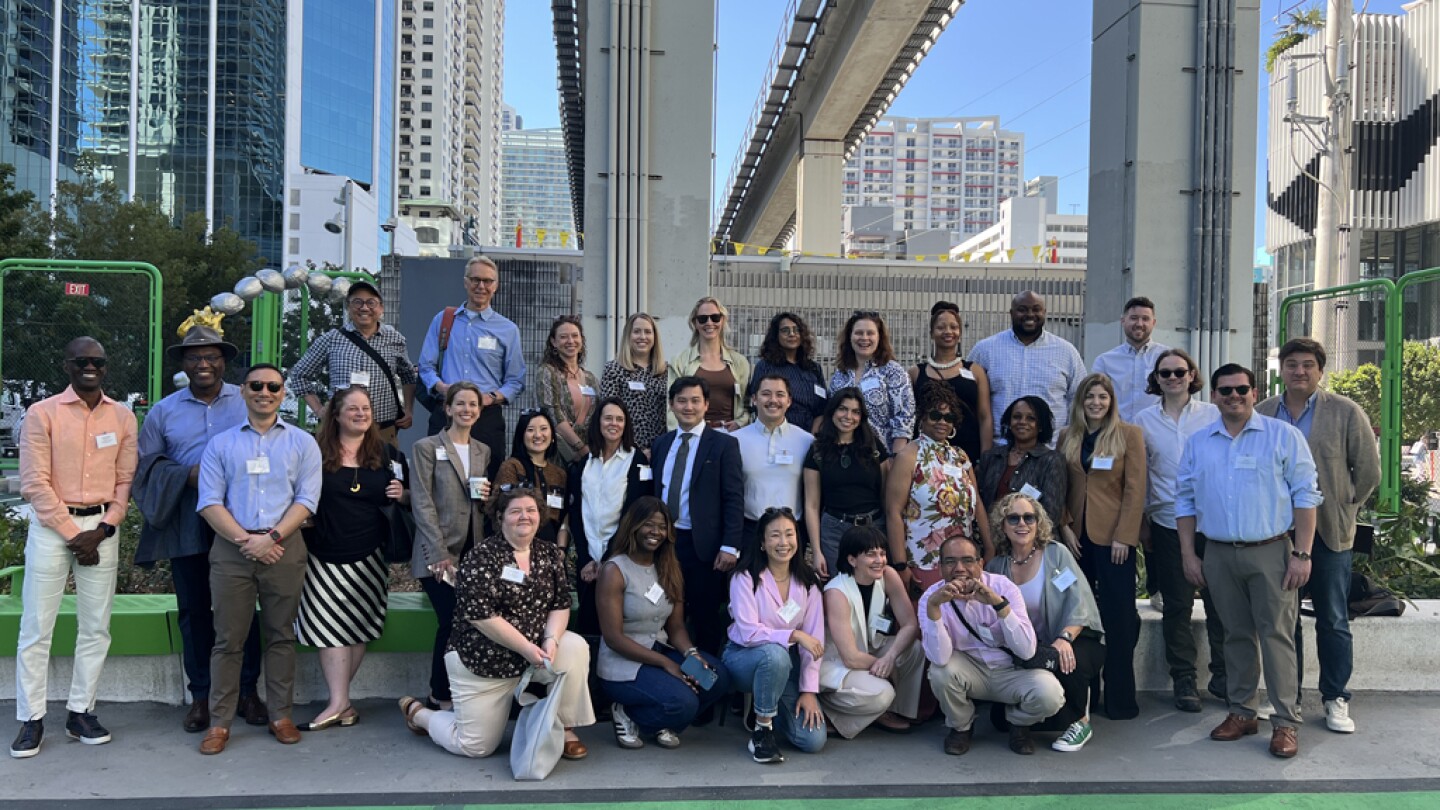Urban Design Revolution: How Miami's Landscape Is Reshaping Health and Equality

Miami, a dazzling metropolis where vibrant culture meets cutting-edge urban design, recently played host to the ULI Health Leaders Network Introductory Forum. The dynamic city, with its iconic coastal skyline and rich architectural tapestry, provided an inspiring backdrop for Cohort 8's immersive three-day exploration of the intricate relationship between real estate, land use, urban planning, and community health.
Throughout their journey, the Health Leaders delved deep into Miami's diverse neighborhoods, from historic districts to contemporary developments. Each site visit sparked passionate discussions about urban transformation, social equity, and innovative approaches to community wellness. Participants eagerly compared Miami's unique urban landscape with their own local contexts, gaining fresh insights into how thoughtful design can profoundly impact public health and community well-being.
Local practitioners served as knowledgeable guides, offering nuanced perspectives on Miami's urban evolution and the complex interplay between built environments and social dynamics. The forum not only showcased the city's remarkable urban development but also challenged participants to reimagine the potential of cities as catalysts for holistic community health.
